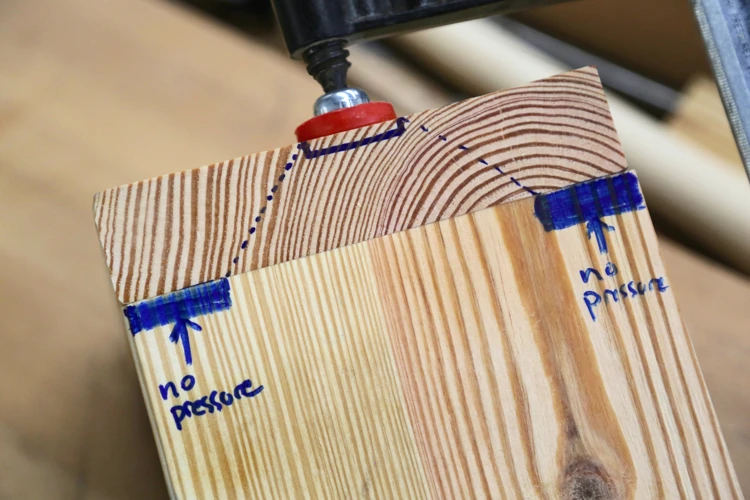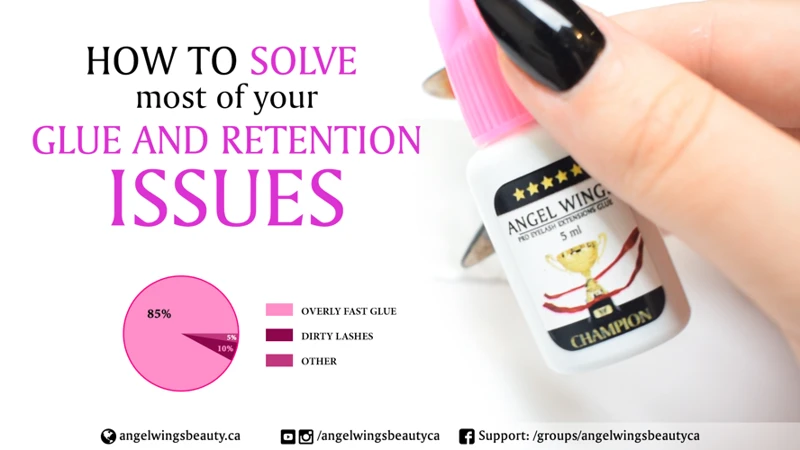When embarking on a project that requires adhesion, understanding the various glue types available can be the difference between a successful bond and a failed attempt. Selecting the right adhesive is crucial for the integrity and longevity of the materials you are working with.
Waterproof Glue
For outdoor projects or items that will be exposed to moisture, waterproof glue is the go-to solution. This type of adhesive is designed to maintain its strength and hold even when submerged or exposed to wet conditions. It’s ideal for woodworking, outdoor furniture, and any application where water resistance is a must.
Adhesive Selection for Various Materials
Adhesive selection is not a one-size-fits-all situation. Each material may require a different type of glue to ensure an adequate bond. For example, there are specific adhesives for bonding plastic, metal, glass, or ceramic. Understanding the compatibility of the adhesive with the material is essential for a durable bond.
Surface Preparation for Effective Bonding
Before applying any adhesive, proper surface preparation is key to creating a strong bond. This step ensures the surfaces are ready to accept the glue and can significantly affect the adhesive’s performance.
Cleaning and Priming Surfaces
To begin, cleaning the surfaces removes any contaminants that can impede adhesion. Oils, dirt, or old adhesive residues should be cleared away. Priming may also be necessary for some materials to enhance the glue’s ability to bind with the surface.
Key Steps in Surface Preparation
- Ensure surfaces are dry and free from dust.
- Use appropriate cleaners to remove grease or oils.
- If needed, lightly sand the surfaces to create a texture for better adhesion.
Bonding Techniques for a Strong Bond
Attaining a strong bond goes beyond just choosing the right adhesive; it also involves employing the correct bonding techniques. These techniques can vary depending on the materials and the type of glue being used.
Techniques for Different Materials
Different materials require specific techniques to achieve the best bond. For instance, porous materials may need the adhesive to be applied on both surfaces, while non-porous materials might require a thin layer on just one side.
Strong Bond Tips
To ensure a stronghold, consider the following tips:
- Follow the manufacturer’s instructions for adhesive application.
- Apply pressure to the bond as it cures to strengthen the adhesion.
- Avoid moving or stressing the bond before the glue has fully cured.
Glue Application Methods
The method of glue application can greatly affect the strength and finish of your project. Taking a meticulous approach during this stage is essential for achieving a professional and lasting result.
Tools for Applying Glue
Choosing the right tools for glue application can ease the process and provide precision. Brushes, spatulas, or specialized glue applicators can be used depending on the viscosity of the adhesive and the size of the area to which it will be applied.
Best Practices in Glue Application
For a flawless finish, follow these best practices:
- Distribute the glue evenly to avoid lumps and excess.
- Be mindful of the open time – the period in which the adhesive remains tacky and workable.
- Remove any excess glue before it cures to ensure a clean project.
Understanding Curing Time for Adhesives
For any adhesive bond to reach full strength, it must undergo a curing process. This is a critical phase where the adhesive sets and hardens, developing the bond that holds the materials together.
Factors Affecting Curing Time
Curing time can be influenced by various factors including temperature, humidity, and the type of glue used. Reading and adhering to the product-specific instructions can prevent issues related to insufficient curing times.
How to Speed Up Curing Time
While patience is often the best practice when waiting for glue to cure, there are ways to accelerate the process. For example, increasing airflow, using a heat gun, or choosing a rapid-set adhesive can reduce waiting times.
Glue Safety and Handling
Dealing with adhesives necessitates caution. Glue safety and handling are paramount to prevent mishaps and ensure a safe working environment.
Personal Protective Equipment
Personal protective equipment (PPE) such as gloves, safety glasses, and masks should always be used when working with glue, especially if it emits fumes or involves hazardous substances.
Safe Disposal of Glue
After completing your project, it’s important to dispose of any leftover glue responsibly. Check the adhesive’s packaging for disposal instructions and follow local regulations to minimize environmental impact.
DIY Gluing Projects and Ideas
Glue isn’t just a substance to join two items; it’s a doorway to creativity and innovation. With the right techniques and adhesives, a world of DIY gluing projects awaits.
Home Decor Projects
Create unique home decor by using glue to affix materials like fabric, wood, or metal. Upcycle old furniture or design custom pieces that reflect your personal style.
If you’re diving into a DIY project, understanding the ins and outs of adhesives can make all the difference. Our comprehensive guide on how to glue materials effectively will help you achieve the best results. And if you’re interested in creating your own adhesive, don’t miss our article on how to make glue at home. After your project is complete, make sure to read our tips on how to store glue to keep your supplies in tip-top shape for future use.
Repair Tips with Glue
For repairs, glue can be a lifesaver. Whether it’s mending a broken vase or fixing a loose chair leg, the right adhesive can restore items to their former glory. Remember to always match the glue to the material for the best outcome.
In conclusion, whether you’re tackling DIY gluing projects or professional repairs, understanding the nuances of glue types, surface preparation, bonding techniques, glue application, curing time, and glue safety is essential. A well-executed adhesive application can result in a strong, durable bond that stands the test of time, so take your time to do it right and enjoy the satisfaction of a job well done.



